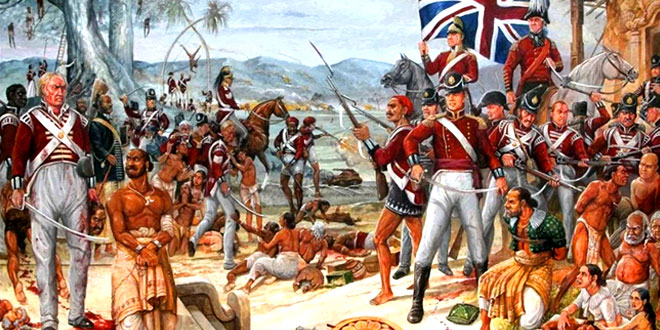Question: “Historians now have come to increasingly recognize that the typical worker in the mid- 19th century was, not a machine operator, but the traditional crafts-person and a laborers”. Justify by giving examples.
Or
Why do historians agree that the typical worker in the mid-nineteenth century was not a machine operator but the traditional crafts person and laborers?
Answer:
- Slow pace of technology of new machines: Though Technological inventions were taking place, bur their pace was very slow They did not spread dramatically across The industrial landscape.
- Expensive: New technologies and machines were expensive, so the producers and the industrialists were cautious about using them. The machines often broke down and the repair was costly. They were not as effective as their inventors and manufacturers claimed.
- Limited use of machines: James Watt improved the steam engine produced by Newcomen, and patented the new engine in 1781. His industrialist friend Matthew Boulton manufactured the new model. But they could not find sufficient buyers. At the beginning of the nineteenth century, there were approximately 321 steam engines, all over England. Most of these were in cotton industries. 9 in wool industries and the rest in mining, canal works and iron works. No other industry was using steam engine even in the late 19th century. So even the most powerful new technology that enhanced the productivity of labour manifold was slow to be accepted by the industrialists.
Question: “The process of industrialization brought with it miseries for the newly emerged class of industrial workers”. Explain.
Or
Explain the miserable conditions of industrial workers in Britain during the nineteenth century.
Or
How did the abundance of labour in the market affect the lives of the workers in Britain during the nineteenth century? Explain with examples.
Or
Describe the lifestyle of the British workers of the nineteenth century.
Or
Explain how the condition of the workers steadily declined in the early twentieth century Europe.
Answer:
- More workers than the demand: There was an abundance of workers in the market than the demand This had an adverse impact on the lives of the workers. Due to the shortage of work, most of the workers failed to get jobs So they offered their services at lower wages.
- Seasonality of work: Seasonality of work any industries meant prolonged periods without work. After the busy season was over, the poor were on the streets again. Some returned to the countryside after the winter, when the demand for labour in the rural areas opened up in places. But most looked for odd jobs, which till the mid-nineteenth century were difficult to find.
- Low real wages: Though the wages increased somewhat in the early 19th century, but the increase was nullified by increase in prices. During the Napoleonic ware, the red wages fell significantly.
- Poverty and unemployment: At the best of times, till the mid-nineteenth century, about 10 per cent of the urban population was extremely poor. The unemployment rate was also very high.
- Housing problem: Factory or workshop owners did not house live migrant workers. Many job seekers had to wait weeks, spending nights under bridges or night in shelters.
Question: Mention the major features of Indian textiles before the age of machine industries.
Answer:
- The Age of Indian Textiles: Historically, India was one of the leading producer; of cotton textile. Silk and cotton products of India dominated the international market. India was known for its finer varieties of cotton. The Armenian and Persian merchants took these goods from Punjab to Afghanistan. Persia and Central Asia. Though most of the trade was carried through land routes, but the sea route was and Hoogly were the most important pore; which were used for trade.
- A complex and complete market: Before the arrival of the outsiders, the Dade was handled by a variety of Indian merchants and bankers. The whole process of Dade basically involved three steps: (i). Financing production, (ii). Carrying or transporting goods, (iii). Supplying goods to the exporters
- Supply merchant: linked the port towns to the inland regions. They gave advances to weavers, procured the woven cloth from weaving village and carried the supply to the ports. At the port, the big shippers and export merchants had brokers, who negotiated the price. and bought goods from the supply merchants operating inland.
Question: “The port of Surat and Hoogly declined by the end of the 18th century”. Explain.
Answer:
- Most of the European companies had huge resources, so it was very difficult for the Indian merchants and traders to face the competition.
- The European companies were gaining power by securing a variety of concessions from the local courts
- Some of the companies got the monopoly rights to trade. All this resulted in the decline of the old ports of Surat and Hoogly through which local merchants had operand. Exports from these ports fell dramatically, the credit that had financed the earlier trade began drying up. and the local bankers slowly went bankrupt.
- In the last years of the seventeenth century, the gross value of trade that passed through Surat had been t 16 million. By the 1740s, it had slumped to 3 million rupees.
- With the passage of time. Surat and Hoogly decayed. Bombay (Mumbai), and Calcutta (Kolkata) grew.
 Class Notes NCERT Solutions for CBSE Students
Class Notes NCERT Solutions for CBSE Students





